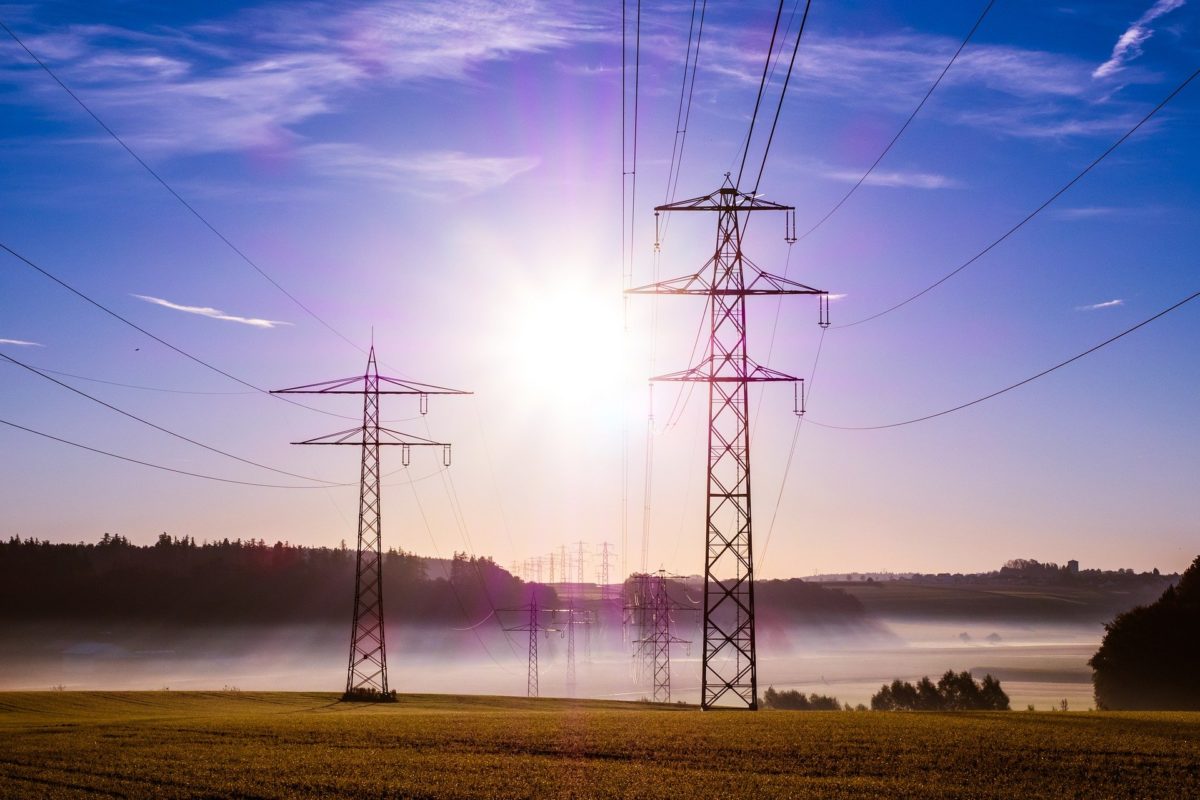Solar will see its share of global power generation rise to 13% by 2030 and a quarter by 2050, according to the Future of Solar PV report published by the International Renewable Energy Agency (IRENA).
Improved PV technology will drive the production of ever cheaper solar electricity, according to the agency. The study notes the historic prices recorded in national PV generation capacity auctions indicate solar power could be produced for an average $0.048/kWh next year, a figure 44% lower than the cost of solar produced by generation facilities commissioned last year.
“Recent record low auction outcomes for solar PV in Abu Dhabi, Chile, Dubai, Mexico, Peru and Saudi Arabia have shown that an LCOE [levelized cost of energy] of $0.03/kWh is possible in a wide variety of national contexts,” the report stated.
The report forecasts the solar project development cost per kilowatt of capacity installed will fall from $1,210 last year to $340-834 in 2030 and $165-481 in 2050. The price of solar electricity is expected to fall further from an average $0.085/kWh last year to $0.02-0.08/kWh by the end of the next decade and $0.01-0.05 by mid century.
8.5 TW of solar
The agency says solar may reach 2,840 GW of installed capacity by 2030 and that figure could rise to 8,519 GW in 2050.
Asia is expected to claim more than half, with around 4,837 of solar capacity by 2050, followed by North America, with 1,728 GW; Europe, at 891 GW; and Africa, with 673 GW. Latin America and Oceania are expected to host 281 GW and 109 GW in 2050, respectively, according to IRENA.
Popular content
The agency expects large scale projects to make up around 60% of the world’s total PV capacity by 2050, with the balance supplied by rooftop systems.
In annual deployment terms, the 94 GW of new solar added last year is expected to hit 270 GW in 2030 and 372 GW by mid century, with IRENA adding: “Along with capacity additions, replacement of solar panels at the end of their lifetime is also essential and plays a key role, especially with the benefit of old panels giving way to advanced technologies.”
Big capacities, big money
“Deploying a total installed capacity of more than 8,000 GW of solar PV by 2050 would necessitate cumulative investment of nearly $6.4 trillion from now until 2050,” states the report. That would require annual investment of around $192 billion over three decades, up from the $114 billion which was invested in solar last year.
The IRENA report also predicts the number of people employed in the global solar energy sector will climb from around 1.3 million today to 11.7 million in 2030, and 18.7 million 20 years later.
“Accelerating solar PV can cut energy-related CO2 emissions by 21% in 2050,” the authors of the paper added.
This content is protected by copyright and may not be reused. If you want to cooperate with us and would like to reuse some of our content, please contact: editors@pv-magazine.com.



I question the premise that LCOE will drop for two reasons:
1st: Today as our industry continues to experience an explosive growing phase, it has yet to apply basic reliability practices, processes and procedures to building in operating Reliable, Available Maintainable and adequately Safe (RAMS) PV plants. As a result, because most plants are so new as compared to their “assumed” lives, there is, it would appear, no real data to support this supposition. This trend should be very closely observed and considered.
2nd: With decades of experience in the industry, I have yet to see anyone include all of the essential related cost factors for determining LCOE. This leaves me, at this point, to seriously question whether anyone has ever produced an accurate LCOE.
This continued reliance on projecting poorly supported costs and results without supporting information based upon continuing industry myths and assumptions bodes poorly for long-term prospects on many plants and investors. The time is seriously overdue for the PV industry to begin taking a serious look at moving from being a speculative investment market to a PV as energy infrastructure industry.
Addressing these matters are urgent, especially with the growing needs to respond to a variety of environmental and critical energy concerns that affect everyone.
are you kidding me. solar drops in price every single year and no you just expect it to stop. the predictions in this article are extremely conservative. I have watched irena continually underestimate solar cost declines. their 2050 prices are less than a decade away. we have already seen a project in portugal come in at 1.476 cents per kilowatt hour.
Can someone pls enlighten me as to how the announced lcoe of under $0.20/MWH of for Portugal, Los Angeles, Brazil etc was calculated.
Hi Mohamed, The article contains a link to the IRENA study, which can be found here: https://irena.org/-/media/Files/IRENA/Agency/Publication/2019/Nov/IRENA_Future_of_Solar_PV_2019.pdf
Hopefully that will answer your question.